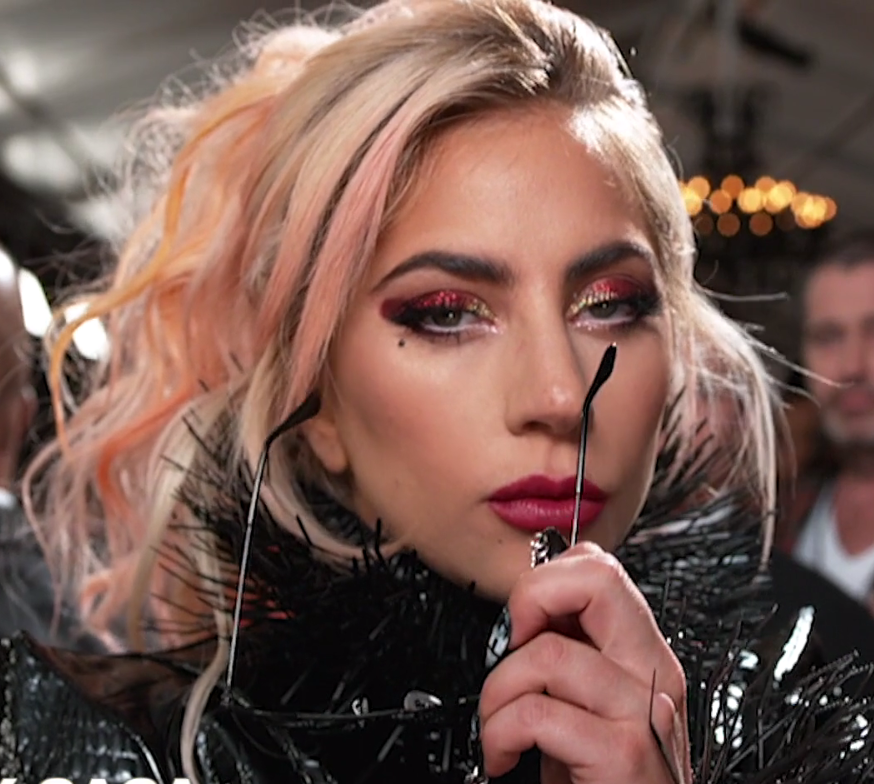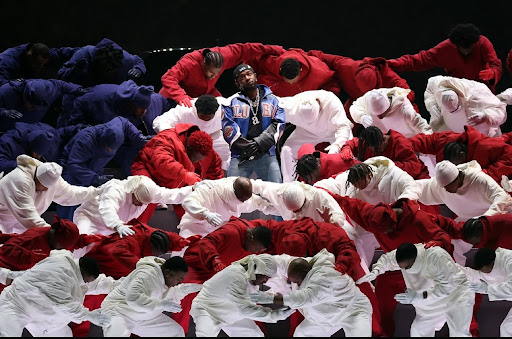Let’s be real, all of the best rock musicians were drug users. It’s a reality that has led opponents of the genre to the conclusion that rock music is nothing more than meaningless nonsense. There’s no way a person under the influence of drugs could create a truly meaningful representation of anything, right?
Wrong. If you apply that way of thinking to any other art form, the entire argument falls apart. Take painting for example. Who’s to say that a Jackson Pollock is less valuable than a DaVinci just because Pollock was on heroin? In the same way that paintings can come from many different places, music can as well. Pollock and DaVinci paintings are different in many ways, but they’re similar in that they each represent an individual’s outlook on life. No matter their differences, the works of both artists ultimately serve to make the art world richer.
Art, much like culture as a whole, is always evolving. While society was recovering from the chaos of World War II in the 1950’s, thousands of new consumer products were being invented, including the electric guitar. As the sixties and seventies came around and mind-altering substances were all the rage, electric guitar players began experimenting with distortion and all sorts of ways to create different sounds with their instruments. This new wave of rock and roll inspired the generation that followed as they navigated the highly political 1980s and 1990s, giving birth to all new genres of rock; and with them came all new artists with all new styles.
If you ask me, all music, and all art for that matter, inherently has meaning. If it were true that rock music made by drug-using artists was devoid of any meaning, it would cease to be music at all.









